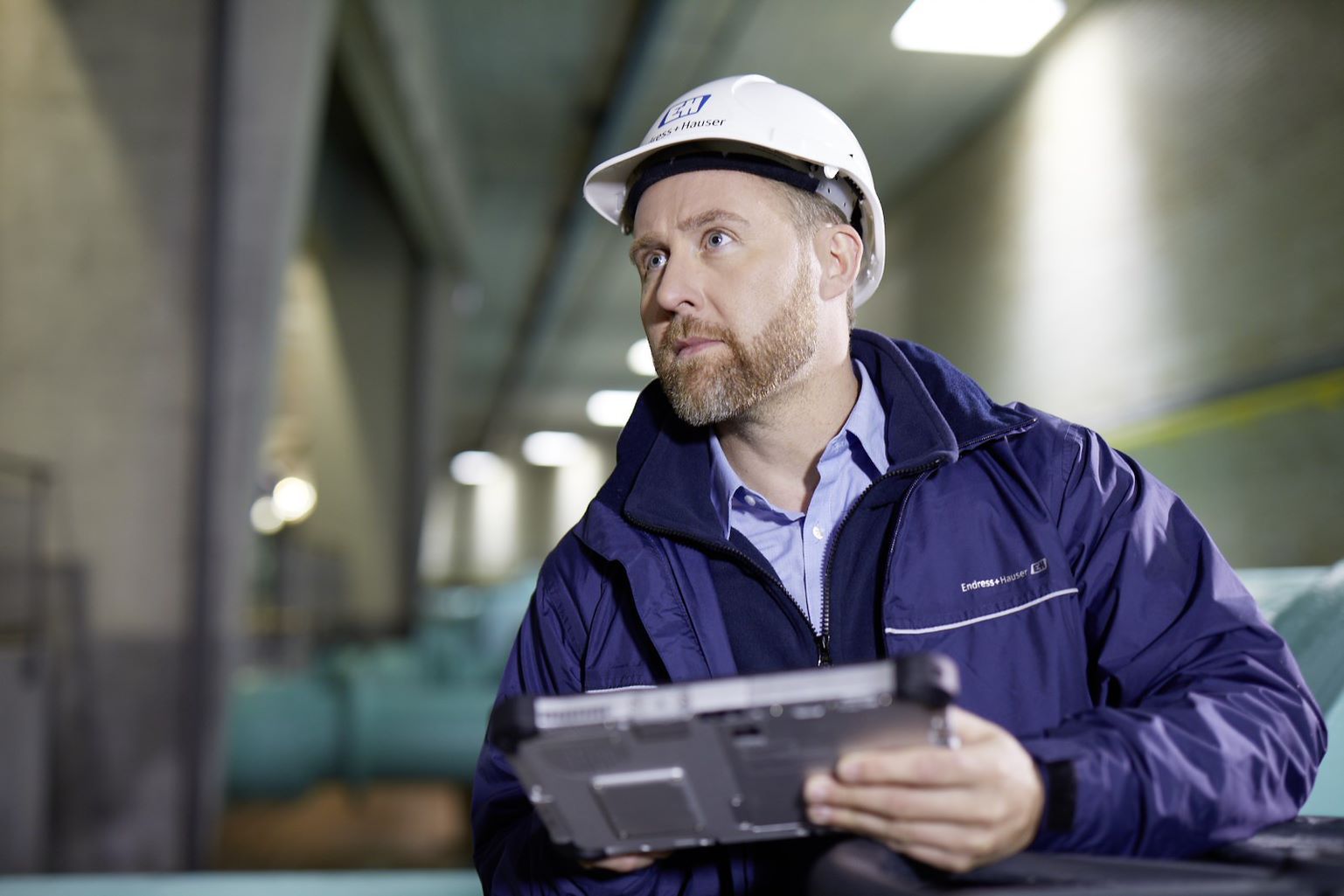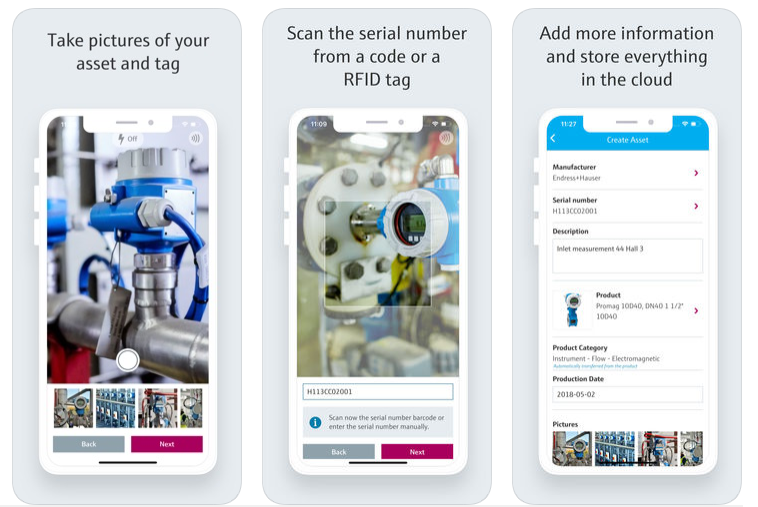What is a digital ecosystem, and how do I apply it to my plant?
We are living the digital era! I mean, I am, but how about you? If you are still analog, it’s time to change! Let’s learn about digital ecosystems and how to apply them in your plant today!
We are living in the age of digital transformation, there’s no doubt about it! Indeed, it has already had a direct impact on our life both inside and outside our jobs. If you are looking at your daily life, digital transformation is already a reality. There are a bunch of smart devices able to connect to the cloud and many digital services to store different stuff, like music platforms, video platforms and so on.
How do these digital solutions impact our daily lives? Well, I could say it changes our behavior. Somehow it helps us to have a better quality of life, to make smarter decisions, to remind us of something, to get us informed about everything, etc.
What’s important to note is that most of these digital solutions work within a digital ecosystem - although you never realized it.
On the industrial side, I think that digital plant ecosystems are also becoming a reality. Even though you will tell me that you still can find many analog devices in the field, I really believe there is no way back. Digital transformation will continue to increase its presence in the various industrial segments.
Apart from that, these new solutions have brought with them an extensive list of technical terms to name the services and business concepts. I am sure you have already heard about Industry 4.0 (or Smart Factory), Industrial Internet of Things, Cloud Computing, Smart Sensors and so on.
Today, I have picked another Industrial Internet of Things (IIoT) concept: Digital Ecosystem. Let’s have a look at what it is, how it works, what components it uses as well as its pros and cons.
Stick around, grab something to drink, and let’s have a chat about the digital ecosystem.
What is a digital ecosystem?
Did you know that a digital ecosystem is usually compared to a natural ecosystem? This comparison makes sense because of the idea behind it: to have an adaptive, scalable and also sustainable solution with products and services.
Furthermore, the concept is to be found in different industries, such as entertainment, computers, manufacturing, marketing, economic, and others. For each industry you have various services, products, and partner solutions.
I can name many technologies based on this concept of a distributed network, such as Machine Learning as a Service (MLaaS), Industrial Internet of Things (IIoT), and Blockchain.
At the same time, a digital ecosystem can be an open or closed solution. However, it always provides different services and/or products for the different applications. It also allows partners to develop new solutions to solve client problems, the integration of data in different software and collection of information from various sources.

Now, you are saying - what’s proprietary about digital ecosystems! Well, you can find digital ecosystems where only one brand is developing all the applications for the users. There is no right or wrong here; it’s just important to understand the benefits of a digital ecosystem for your current reality. After that, you can see if makes sense to use an open or closed solution for your application.
Giving an open digital ecosystem as an example, Netilion provides different digital services for the process automation world. It allows partners to develop new applications on the Netilion Hub and to integrate all the data collected from the smart sensors into any external platform. To do this, you use the Application Programmable Interface (API) available with Netilion Connect.
What are the digital ecosystem components?
Depending on the digital ecosystem, you will find different components, but in general, you have a standard set of services and products as well as the chance to develop your own application.
Okay, I will now give a clear example of the components in a digital ecosystem.
First, if we decide to have more effective management of the assets in the field, we need a service, such as Netilion Analytics, to show us all the associated information. Netilion Analytics is the first component of our digital ecosystem, a service.
The next idea is to automatically create the digital twins of all our field devices. For that, we need three components.
- First off, we can say smart sensors are part of the digital ecosystem: they are the field devices responsible for providing all the data.
- Second off, in order to use Netilion Analytics we need to collect all this smart information from the field and integrate it into the cloud. One solution can be to have a WirelessHART network to collect field information.
- Third off, we need to integrate all this data into the cloud. Edge devices (e.g, FieldEdge SGC500) are an essential tool to create secure one-way communication between the field and the cloud.
- Finally, if you want to integrate all this information into an external solution, you can use the API that is part of Netilion Connect to deliver everything to another platform.
Great, now we have all the components you need to use the Netilion Ecosystem, but remember this is only an example! You have many other ways to integrate your devices, even when you don’t want online integration.
In this case, we will need fewer components: you can forget WirelessHART and the edge device. You can take a picture of all your devices using the Scanner App and add a bit of information to each in order to create it in the cloud. It’s a straightforward procedure and it will save a lot of time.
What are digital ecosystem solutions?
Put simply, digital ecosystem solutions are the services offered in the digital ecosystem. There are different services, as we already mentioned before. For instance, looking at the Netilion Digital Ecosystem there are:
- Netilion Analytics - Here, you can have a better picture of the devices at your plant. You can register, organize, and connect your devices, making your plant transparent. You can learn more here.
- Netilion Health - This service provides online health status for devices connected to the cloud through edge devices. Additionally, you have historical diagnostics, remedies and actions to take. You can learn more here.
- Netilion Library - You can store all the information regarding your field devices, such as technical manuals, certification, reports, pictures and much more. You can learn more here.
- Netilion Smart Systems - Smart and compact solutions for aquaculture and surface water. You can learn more here.
- Netilion Connect - This service is an Application Programmable Interface (API). You can learn more here.
How can I implement a plant ecosystem?
The implementation of a plant ecosystem is more straightforward than you think. You don’t need to start with all the services available on the digital ecosystem; it’s better to start small and then grow slowly.
One good step would be trying it out for free before you sign up. You can have a look at how the analytics, health, and library can help you out, understand the interface, add some devices and so on.
After that, you can select a small application where you could use an edge device to collect online information and integrate it into the cloud. When you start small, it’s easier to understand all the benefits and how to correctly use the information collected.
You are ready for digital transformation and you need to give it a chance. To get there you don’t need to spend anything.
Try it out for free and learn on the job!
See you soon.




